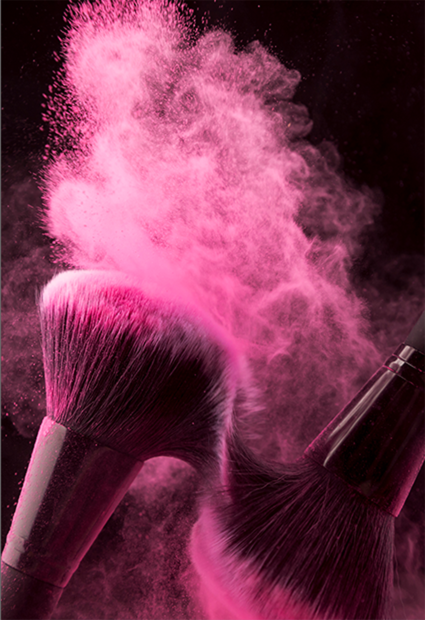different types of mica
Different Types of Mica A Comprehensive Overview
Mica is a group of silicate minerals renowned for their excellent insulating properties, flexibility, and the range of colors they exhibit. Primarily used in industries such as electronics, cosmetics, and construction, mica has a significant role in various applications. This article explores the different types of mica, their properties, and their uses.
1. Muscovite Mica
Muscovite, commonly known as white mica, is the most abundant type of mica. Its name is derived from its historical association with the Muscovy glass, an early form of glass containing a high amount of silica. Muscovite is characterized by its transparency and excellent cleavage, allowing it to be split into thin sheets. These sheets are lightweight and can easily be used as insulators in electrical applications, as they can withstand high temperatures. Additionally, muscovite is often used in the cosmetic industry, where it's prized for its shimmering quality in products such as eyeshadows and highlighters. The optical qualities of muscovite also make it suitable for use in windows in high-temperature furnaces.
2. Biotite Mica
Biotite, often referred to as black mica, is another well-known type of mica. Unlike muscovite, biotite is rich in iron and magnesium, giving it a dark, opaque appearance. This mineral is primarily used in the construction industry, particularly in producing roofing materials and as a filler in asphalt. Biotite's unique properties give it good thermal stability and resistance to chemical weathering, making it an excellent choice for outdoor applications. Additionally, biotite serves as an essential source of potassium in soil, benefiting agricultural practices.
Phlogopite is known as the brown mica and is less abundant compared to muscovite and biotite. It is typically found in metamorphic rocks and is characterized by its yellowish-brown color. Phlogopite’s thermal stability surpasses that of muscovite and biotite, making it suitable for high-temperature applications, such as in the production of insulated cables and electrical components. In addition to its industrial uses, phlogopite can be found in cosmetics as a colorant due to its unique hues.
different types of mica

4. Lepidolite
Lepidolite is a lithium-rich mica and displays a light lavender color, which is quite distinct from other types of mica. It is often used in the production of lithium, which is a vital component in batteries for electric vehicles and electronic devices. Beyond its industrial significance, lepidolite is also popular in the metaphysical community, where it is believed to have calming properties. Its aesthetic appeal also makes it a popular choice for ornamental stones.
5. Fuchsitic Mica
Fuchsitic mica is a green variety of muscovite rich in chromium. It is prized for its vibrant color and is often used in jewelry and decorative items. Fuchsitic mica not only serves aesthetic purposes, but its unique composition also makes it beneficial in certain chemical applications. As a mica, it retains excellent insulation properties, making it suitable for various electrical applications.
6. Biotite Series Mica
Within the biotite group, there are several subtypes, including annite and phlogopite. Annite, often darker than other biotites, includes high iron content making it primarily useful in industrial applications where shielding against radiation is necessary. The biotite series is also important in petrology due to its role in geological formations.
Conclusion
Mica is a versatile mineral with a variety of types, each exhibiting unique properties that make it suitable for various applications. From the reflective beauty of muscovite in cosmetics to the industrial strength of biotite in construction, the different types of mica highlight nature's ingenuity. As industries continue to evolve and demand grows for sustainable and functional materials, mica's role will likely expand, making it a mineral worth recognizing and understanding. Whether for its aesthetic appeal or practical utility, mica remains an invaluable resource across various sectors, ensuring its significance in both nature and industry.
-
Transforming Surfaces with Mica-Enhanced Paints in Coatings and DecorationNewsJul.02,2025
-
The Ultimate Guide to Mica-Based Luminous Colors with Pearlescent PigmentNewsJul.02,2025
-
The Critical Role of Mica in Industrial Applications in Welding and Oil FieldsNewsJul.02,2025
-
Revolutionizing Automotive Aesthetics with Modified Plastics Pearlescent PigmentsNewsJul.02,2025
-
The Secret with Mica Powder for Cosmetics Behind Radiant, Natural MakeupNewsJul.02,2025
-
Enhancing Performance in Polymer Applications with Mica Powder for RubberNewsJul.02,2025
Products categories









